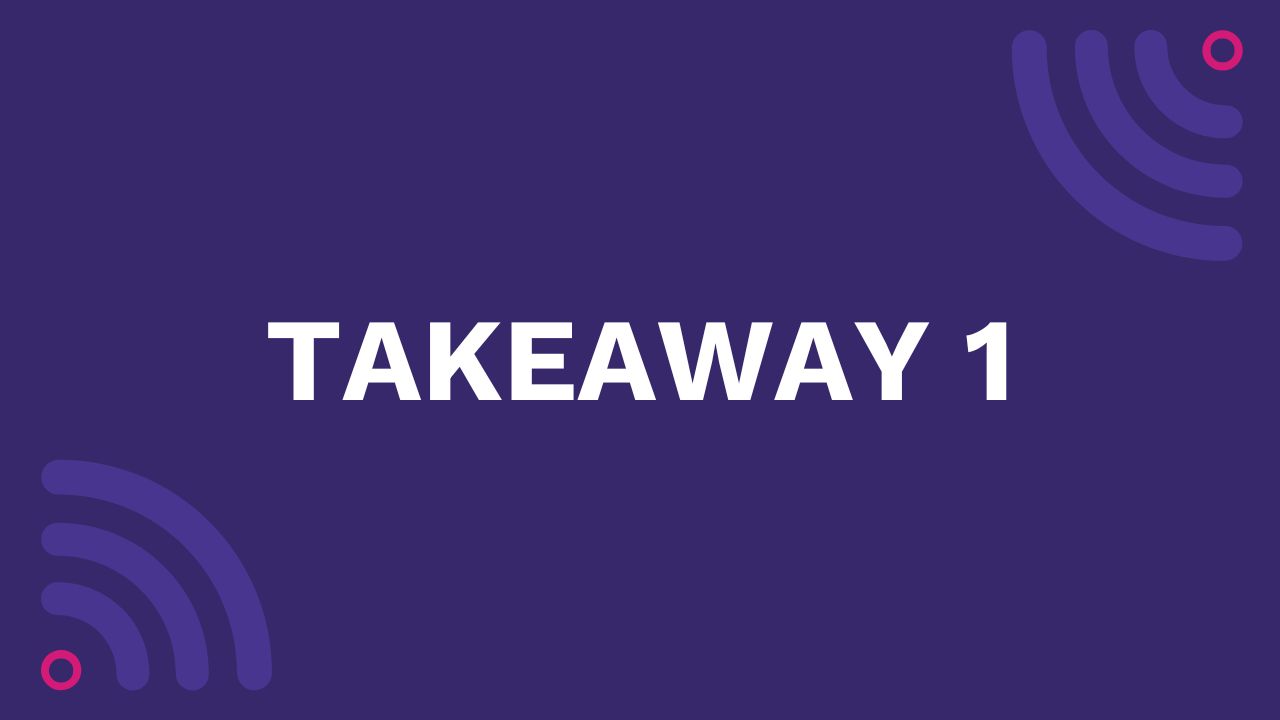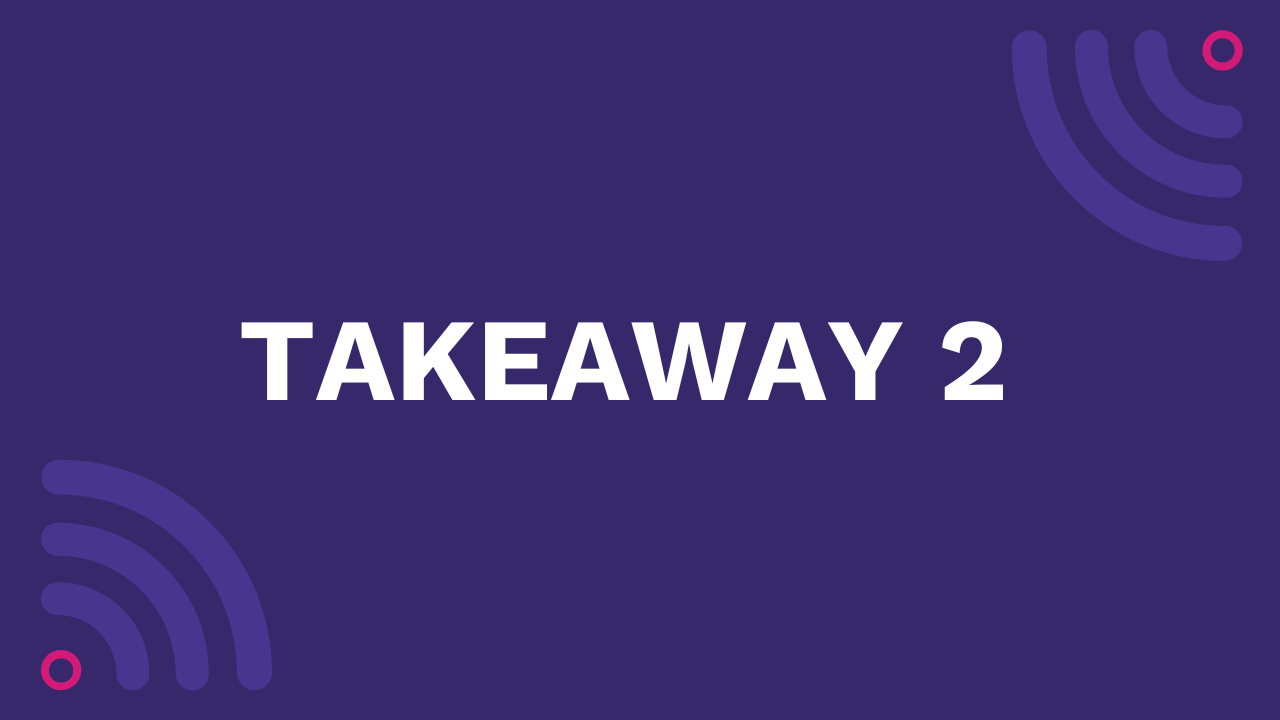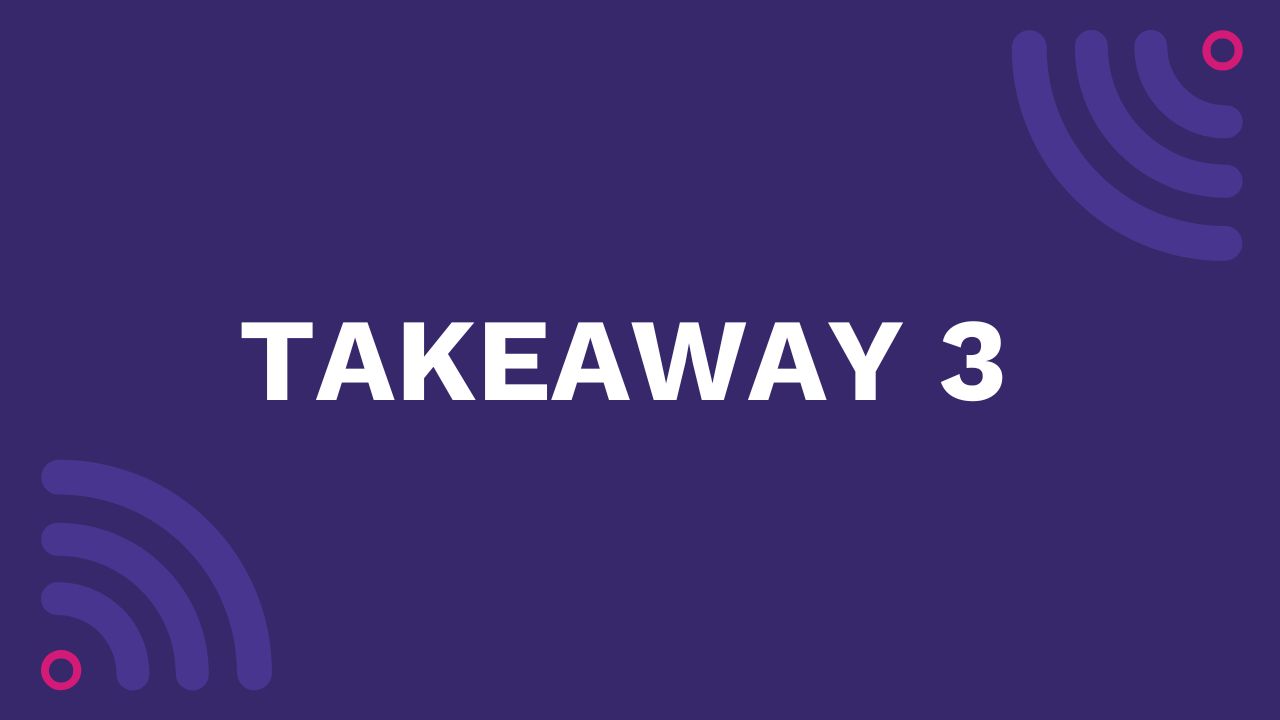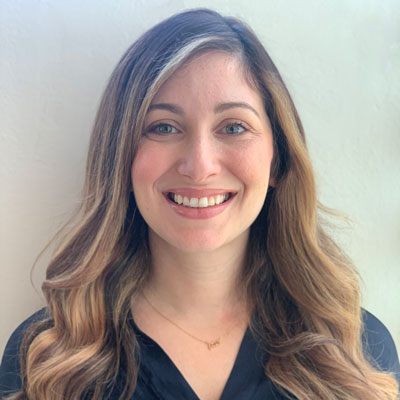Rural Indiana Primary Stroke Center TeleStroke Case Study
ABOUT
The facility is a 252-bed hospital located in the rural area of Indiana. They are certified by The Joint Commission as a Primary Stroke Center.
THE ISSUE
The facility partnered with TeleSpecialists’ Quality Program Specialist, Lauren Voltz, RN, to review processes and assess gaps that may be causing delays. Lauren immediately noticed a delay in hotline notification of the TeleNeurologist, preventing rapid assessment of the stroke patient. Additional bottlenecks were observed related to lack of follow-through and accountability within the process.
THE SOLUTION
The bottlenecks were found to be related to the full stroke protocol and a subcommittee was developed to address the upcoming Phase III American Heart Association/American Stroke Association Best Practice Recommendations.
Among the recommendations made by TeleSpecialists was:
- Pre-activation of EMS to the facility and, in turn, activation of the TeleNeurologist at that same time
- TeleCart was moved to CT and remains with the patient at all times following the CT scanner
- A virtual stroke kit was developed in the Pyxis to allow for easier access to the required medications for alteplase administration
- Increased education routines for all Emergency department RN’s.
THE RESULTS
With consistent processes in place for stroke alerts, a realization of a 26.7% decrease in alteplase administration times from January 2019 to October 2019. Also, a consistent drop in activation of TeleSpecialists’ TeleNeurologist since the implementation of the new protocol in August 2019 resulted in an average 55.6% decrease in activation times from January 2019 to October of 2019.















